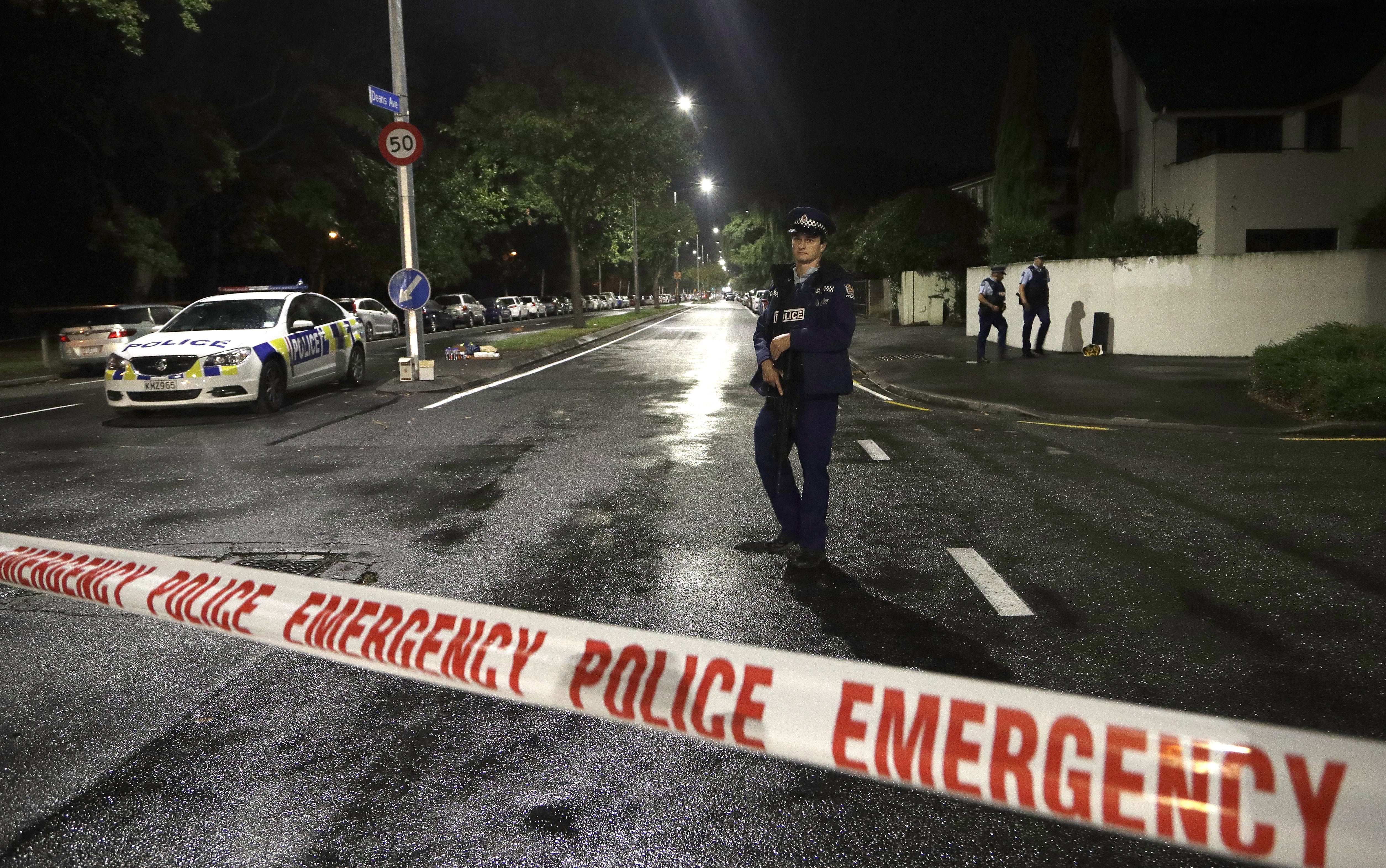A look at attacks on houses of worship over last decade
Houses of worship around the world, a place of reflection and peace, have been targeted for attack by extremists. Here are some of the deadly assaults over the last decade:
Oct. 31, 2010: Al-Qaida in Iraq militants attack Our Lady of Salvation Catholic Church in Baghdad during Sunday night mass, killing 58 people in the deadliest assault targeting Christians since the 2003 U.S.-led invasion there. Al-Qaida in Iraq later became the Islamic State group.
Dec. 15, 2010: Two suicide bombers from the Sunni extremist group Jundallah blow themselves up near a mosque in southeastern Iran, including six Revolutionary Guard commanders.
July 16, 2010: Jundallah group kills 27 and injures 270 after it carries out a double suicide bombing against another Shiite mosque in southeastern Iran.
Aug. 5, 2012: Six members of the Sikh Temple of Wisconsin, in Oak Creek, are fatally shot by a white supremacist, Wade Michael Page. Page was shot by a responding officer and later killed himself.
Nov. 18, 2014: Two Palestinians using axes, knives and a gun kill four Jewish worshippers and an Israeli police officer in an attack on a Jerusalem synagogue.
Jan. 30, 2015: Suicide bombing at a Shiite mosque in the Pakistani town of Shikarpur kills 71. Jundullah claims responsibility.
March 20, 2015: Islamic State suicide bombers attack a pair of mosques in Yemen’s capital, unleashing monstrous blasts that ripped through worshippers and killed 137 people.
June 17, 2015: Nine black worshippers including a pastor are killed by Dylann Roof, a 21-year-old white supremacist, after he prayed with them in Charleston, South Carolina. Roof was convicted of federal hate-crime and obstruction-of-religion charges and sentenced to death.
Sept. 24, 2015: A suicide bomber strikes a mosque in Yemen’s rebel-held capital, killing 25 worshippers during prayers for the Muslim holiday of Eid al-Adha.
Nov. 12, 2016: Suicide bomber from Islamic State group kills over 50 at the shrine of Shah Noorani, in Pakistan’s Baluchistan province.
Dec. 11, 2016: Suicide bomber strikes inside a Cairo chapel adjacent to St. Mark’s Cathedral, seat of Egypt’s ancient Coptic Orthodox Church. The Islamic State group claimed the attack, which killed at least 25 people.
Feb. 16, 2017: Suicide bomber detonates his explosives vest among the devotees at the shrine of Lal Shahbaz Qalandar in Pakistan’s Sindh province, killing 98.
April 9, 2017: Twin suicide bombings rock churches in the Egyptian coastal city of Alexandria and Tanta, killing at least 45 people. The attack was claimed by the Islamic State group.
June 15, 2017: A suicide bomber kills four people at a Shiite mosque in Afghanistan’s capital city of Kabul. Among the dead is a leader of Afghanistan’s ethnic Hazaras, who are mostly Shiite Muslims.
Aug. 1, 2017: A suicide bomber storms into the largest Shiite mosque in Afghanistan’s western Herat province, opening fire on worshippers before blowing himself up, killing at least 90 people. Hundreds more were wounded in the attack, which happened during evening prayers.
Aug. 3, 2018: Suicide bombers disguised in burqa robes attack a Shiite mosque in eastern Afghanistan, killing 27 people.
Aug. 25, 2017: Militants storm a packed Shiite mosque in Kabul during Friday prayers. The attack ends with at least 28 worshippers killed and 50 wounded, many of them children. Two of the assailants blow themselves up and another two are shot dead by Afghan security forces.
Sept. 29, 2017: A suicide bomber blows himself up outside a Shiite mosque in Kabul, killing five. The attack took place as worshippers were leaving the mosque after Friday prayers.
Oct. 20, 2017: The Islamic State group claims a suicide bomber attack, killing 31 and wounding 29 people, at a Shiite mosque in Kabul.
Nov. 5, 2017: Dressed in black tactical-style gear and armed with an assault weapon, 26-year-old Devin Kelley opened fire at the First Baptist Church of Sutherland Springs, Texas, killing 26 people and wounding about 20 others.
Nov. 24, 2017: Militants kill 311 worshippers in a mosque attack in north Sinai, the deadliest such terrorist attack in Egypt’s modern history.
Dec. 17, 2017: Islamic State attack on a church in Pakistani city of Quetta kills 16 people.
Oct. 27, 2018: A gunman believed to have spewed anti-Semitic slurs and rhetoric on social media entered Tree of Life Congregation synagogue in Pittsburgh and opened fire, killing 11 and wounding six, including four police officers.
Jan. 27, 2019: Two suicide attackers detonate two bombs during a Mass in a Roman Catholic cathedral on the largely Muslim island of Jolo in the southern Philippines, killing 23 and wounding about 100 others. Three days later, an attacker hurls a grenade in a mosque in nearby Zamboanga city, killing two religious teachers.
March 15, 2019: At least 40 people are killed in an attack at mosques in the New Zealand city of Christchurch.
—
Associated Press


